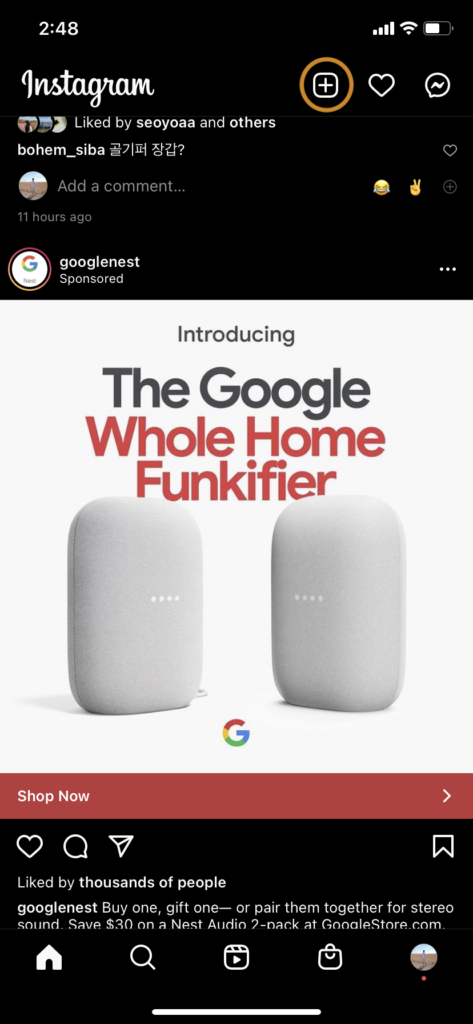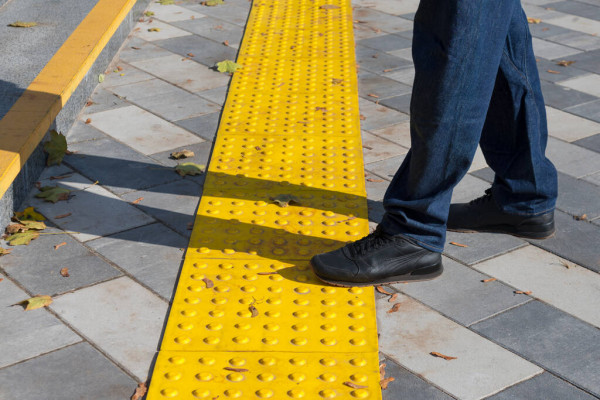After watching the videos, I found that the design should care more about aesthetics and usability, which often ignores the aesthetics, referred to like the word ‘Discrete.’
In the video of Ellen Lupton’s lecture, she describes how to exhibit objects with braille for both disabled and non-disability people, considering other sensories.
According to an article by a woman with disabilities, the Blind could see some spectrum of sight.1 Most of them have some useful vision that helps them navigate the predominantly sighted world.1 I suggest that the attitude and consideration of the different sensories such as vision, touch, and sound are required when designing every product.


I experienced an interaction in the Instagram app about adding a post. The interaction in mobile devices is quite different as fewer physical objects support them than the Blind Path on a crossroad. On Instagram, people add post via clicking a button/icon. People with disabilities may support accessibility features such as voice over, which let people know which buttons or words they are touching.
To provide fun and more information through physical sensories, I would suggest adding the tactile response or vibration when touching the icons or buttons. The current system only provides the visual response(shows heart on the image when pressing like icon). Haptic touch could be a reference to show the reaction via touch.
Bibilography
- “How Do Blind and Visually Impaired People Use a Mobile Phone?” Life of a Blind Girl, 3 Feb. 2019, lifeofablindgirl.com/2019/02/03/how-do-blind-and-visually-impaired-people-use-a-mobile-phone/. Accessed 1 Dec. 2020.

Good examples! The haptic touch function is impressive to me.
Thank you for writing about haptics! I think they’re a feature that really makes digital interfaces more tactile, especially when the primary interface is just a smooth, glass screen. Our hands need more physical stimulation, especially those who communicate through physical touch. Nice work!